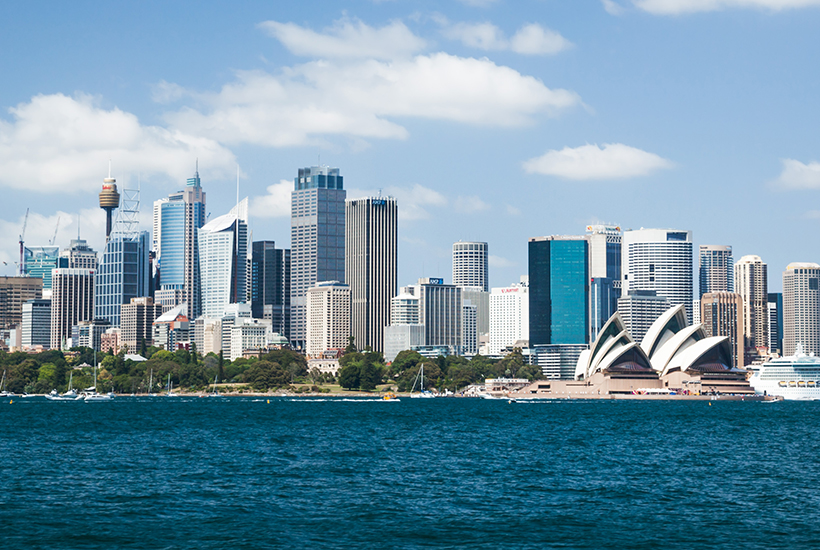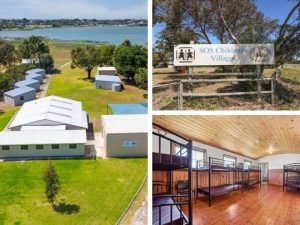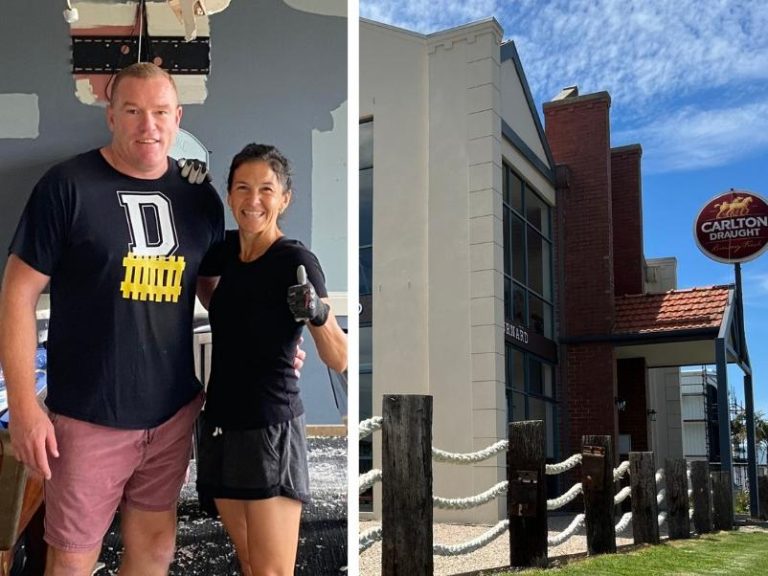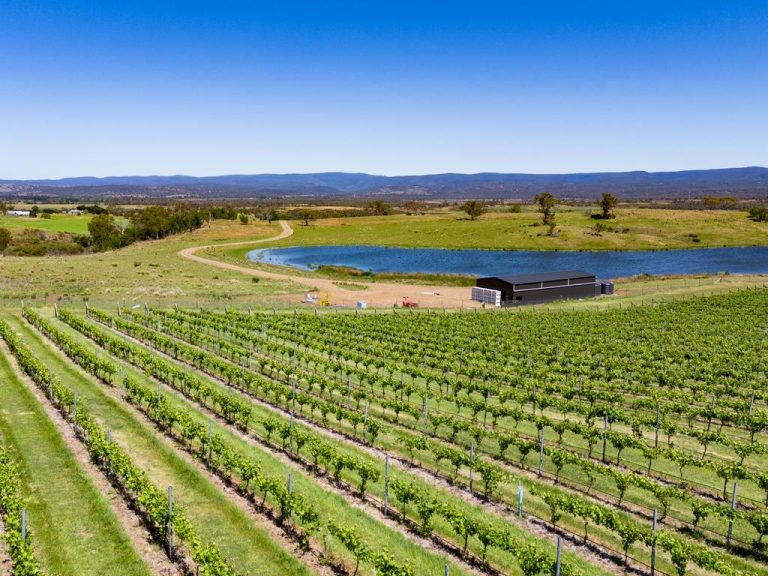Offices the pick as property industry looks to 2018

The mood across the property industry is cautiously upbeat heading into the new year, with the office sector still looking brighter than retail despite this week’s blockbuster Westfield deal.
The residential market is tipped to moderate and 2018 could be a key moment for the emergence of the local build-to-rent sector, while industrial landlords will benefit from an online commerce-driven focus on last-mile delivery.
Dexus chief executive Darren Steinberg says the office sector is in an “unprecedented era” spurred on by infrastructure spending in Sydney and Melbourne and withdrawals of office space for conversion to residential projects.
Commercial Insights: Subscribe to receive the latest news and updates
“We expect to see strong demand at least until 2021,” Steinberg says.
Capitalisation rates could still tighten a little further, but “it’s closer to the end rather than the beginning”, he says.
“I’m reasonably optimistic about the next 12 months, particularly in Sydney and Melbourne; at the same time we are seeing an improvement in economic activity in Queensland and WA.”

Australia’s office market has seen unprecedented growth.
Steinberg notes that any black swan event impacting markets is more likely to be caused by geopolitical issues such as tensions over the South China Sea or with North Korea, rather than by domestic events.
JLL Australia chief executive Stephen Conry tips the Australian economy to return towards trend growth next year, with employment growth set to boost inquiries for office space. “Sydney and Melbourne are expected to remain two of the strongest performing office markets globally with effective rents increasing by 7% plus in both markets in 2018,” Conry says.
“At an aggregated level, the prospects for the commercial property sector are positive in 2018. However, the divergence between geographies and sectors that was evident in 2017 will remain a feature.”
CBRE president and chief executive, Pacific, Ray Pittman says the Sydney and Melbourne office markets will remain “very strong”, but as other capital cities recover their yields will start to look relatively more attractive.

Amazon is set to shake up Australia’s retail industry.
But the former resident of Colorado warns the entry of Amazon in Australia will force the retail industry to be “sharper”, although he says the impact “will not be as profound or as immediate as we’re all fearing”.
He is concerned rising housing prices are locking young people out of the market and expects leading developers to announce some build-to-rent projects in 2018.
CLSA head of Australia real estate Sholto Maconochie says that while the office sector is performing very well, Westfield’s acceptance of a $33 billion takeover offer had put a “rocket” under the retail property sector that might not last.
“Come next year when people realise the metrics and growth isn’t as strong as the higher quality names, you could see a pullback in the lower-quality retail REITs,” Maconochie says.
AMP Capital global head of real estate Carmel Hourigan says retail landlords are redeveloping centres and improving the customer experiences, but weaker sales growth is likely in 2018, given lower wages growth and consumer sentiment.
On industrial, Hourigan says the sector will benefit from increasing demand from online commerce operators who could drive take-up by an extra one million square metres in the next five years.
Charter Hall chief investment officer Sean McMahon says the office sector will be seen internationally as “one of the pre-eminent destinations for capital” for the next 12 to 18 months. But he warns the industry is in the “upper part of the cycle” and parts of the Sydney market such as some B-grade towers are “overheated”.
In residential, Mirvac head of residential Stuart Penklis says volumes will remain steady due to population growth, but that price growth is already moderating.
– with Turi Condon
This article originally appeared on www.theaustralian.com.au/property.







